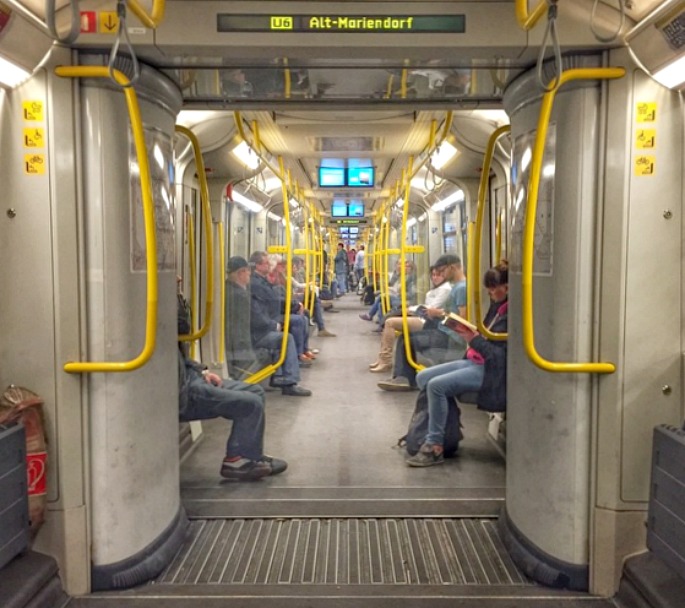Home » Posts » CRP 3840/5840, Urban Transportation in Europe...
17 October 2022CRP 3840/5840, Urban Transportation in Europe and US
by Yucheng Zhang
This lecture covers the international management practices for urban transportation. Examples are drawn from various countries and regions to gain a better view of the best management practices.
Urban Transportation
Why transportation?
- transportation in the biggest source of U.S. emission.
- Inefficient in operation: only 10%-15% of the energy generated from burning fuel is utilized for moving vehicles.
- High vehicle density in the United States: 837 cars per 1000 inhabitants.
- Commuting patterns in US heavily depending on personal vehicle (driving alone).
- Public Transit usage and miles in U.S. remained low, compared to other wealthy countries with a significant upward trend since 1970.
- MTA New York City Transit is the only outlier regarding the public transit ridership in U.S.
- Income have significant effect on defining the means of transportation in US while no difference under the Germany context. [cultural?]
- Much higher rates of younger public transport passengers in Germany compared to US - also an cultural issue?
- Much lower cyclist fatalities in Germany than US, and…
- Much higher shares of government subsidy in operating budgets.
Strategies to address this issue…?
“Push” people out of cars - make operating a car more expensive and less attractive, and “pull” people to alternative modes - providing viable and feasible alternatives to the automobile.
Push strategies (which was not practices much in history)
Taxes on new car purchase: 6% in US
Gasoline price per liter and OECD Gas Excise Tax Rates: ~0.55 in june 2020, relatively cheap compared to other countries
Ease of operating a driver’s license
Free parking and surface parking encourages the automobile trips: 95% of the trips are correlated with free parking. In Houston, TX, 21.3% of the land is devoted for surface parking. Even though this is somehow regulated by the zoning policy the requirements certain amount of parking spaces, the current situation is astounding and irrational which urges changes in the law. For example, a 2 bedrooms apartment of 900 sqft. is required to be equipped with a 400 sqft. parking space, which is nealy half the size of the living space.
Pull strategies, make alternative means of traveling more attractive
Encourage biking and walking: infrastructures. These infrastructures include bike boxing, garages, bike lanes, regional bike system, and traffic-calming devices to ensure safety.
Traffic flow management: Visible entrances, physical barriers, shared and paved spaces, and landscaping/street furniture.
Pedestrian Zones: walled-off walking spaces, sometimes with special commendations for buses. Example includes Freiburg Pedestrian Zone which act as flourishing business and cultural centers.
Notice that these pedestrian zones are not shaped by cultures like “medieval towns” or “marketplaces” but rather a set of results of post-war rebuilt under the guideline of deliberate policy decisions.
In contrast…
Pedestrian Malls are removed since 1985 in U.S., which were massively built since 1960 to create the desirable “shared public space”. However, a successful pedestrian space requires factors like existing pedestrian volume and numbers of sunny days.
State level regional land-use-transportation coordination is also needed to lay out these pedestrian malls.
System building: metros, buses, and trains.

Open gangway subway cars: perception of safety.
While MTA ordered the first batch of open gangway cargos to alleviate the disastrous saftey situation in the Metro system, they are not put into use until now.
High frequency commuting trains and less time to access to them from surface.
Multi-modal coordination: minimized authentications to get access to all means of urban transportation.
US is different?
- Cultural/ideological difference: individualism in US
- Structural: density patterns and government investments
- Institutional/political perspective: decentralized administration across states, “home rule” makes each town, local government or region only responsible for their own.
